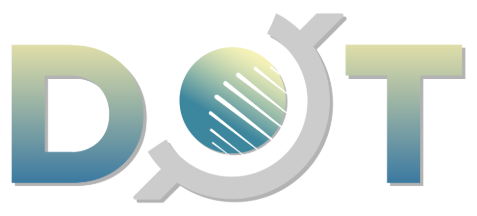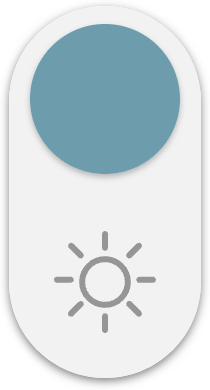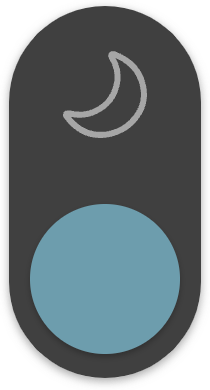
The U.S. ban on TikTok has recently been making headlines. Just hours before the federal government's ban was set to take effect, the popular short-video platform TikTok abruptly suspended its services for U.S. users on the evening of January 18 (local time). This outage affected 170 million users in the United States. According to reports from the San Francisco Chronicle and other media outlets, many users who were unable to access TikTok began calling 911 to report the issue. Police departments nationwide responded by pleading with the public to stop making emergency calls about TikTok. However, after a 14-hour disruption, TikTok services were restored.
On the evening of January 18, millions of U.S. users experienced what was described as a "TikTok-less night." Police departments in states like Oregon, Ohio, Minnesota, and Alabama issued public statements urging TikTok users—primarily children and teenagers—not to call 911 about the app's outage.
By 9:30 AM PT on January 19 (1:30 AM Beijing time on January 20), TikTok announced via social media that it had agreed with internet service providers and was working to restore its services. TikTok services have since returned to normal.
The outage began at 7:30 PM PT on January 18 (11:30 AM Beijing time on January 19), when TikTok suspended services for U.S. users. Reports indicated that other apps owned by TikTok's parent company, ByteDance, also ceased operations in the U.S. around the same time. American companies like Apple, Google, and Oracle, which support TikTok's operations in the U.S., also reportedly halted related services during the outage.
Related News:
Connecting Dots | Foreign students share views on 'TikTok Refugee' phenomenon
Xiaohongshu introduces translation feature to support multilingual communication
OMG | Millions of TikTok users flock to Xiaohongshu as 'refugees'




















Comment